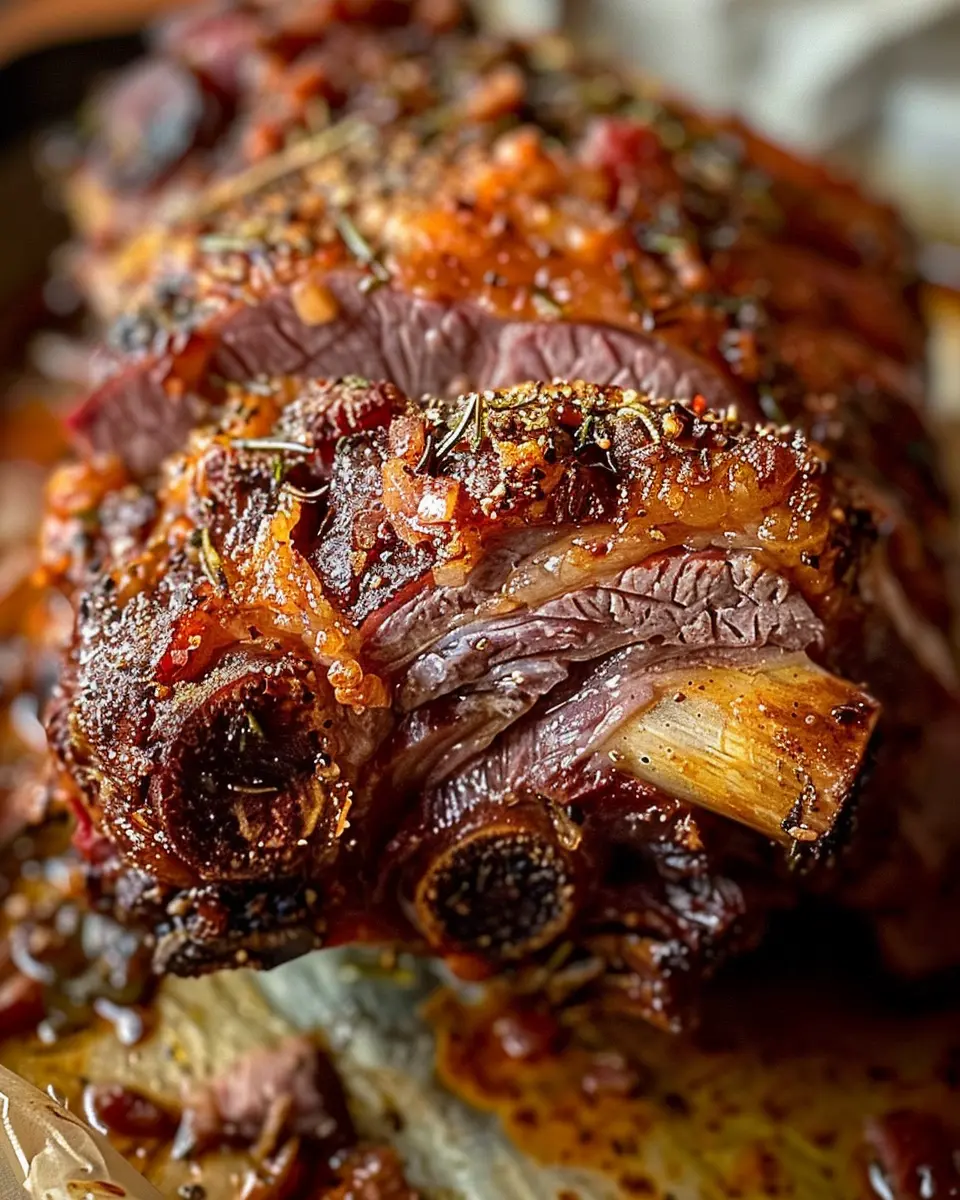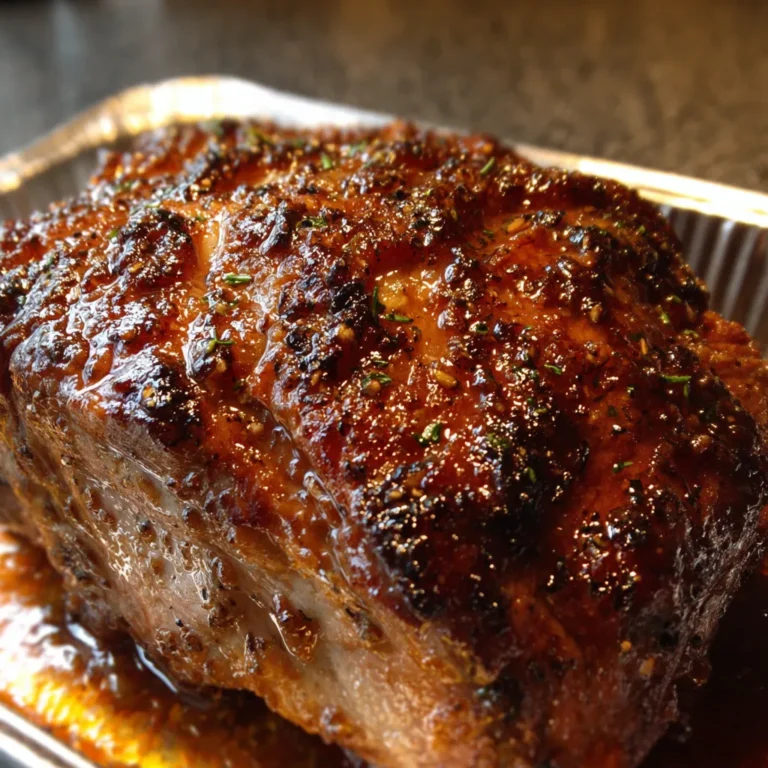Introduction to Turkish Bread
Discovering the Warmth of Homemade Bread
When we think of homemade bread, it’s hard not to envision the comforting aroma wafting through our kitchens. If you haven’t yet dabbled in making Turkish bread, you’re in for a delightful experience! This bread is not just a staple in Turkish cuisine; it’s a warm hug on a plate, perfect for accompanying various dishes or simply enjoyed on its own.
What sets Turkish bread apart is its fluffy nature and slightly chewy texture, making it ideal for enjoying with dips like hummus or alongside savory dishes like shawarma. Did you know that bread-making has been an integral part of Turkish culture for centuries? Historical records reveal that traditional methods have been passed down through generations, emphasizing the importance of community and shared meals. By baking your own, you’re not only indulging in a culinary craft, but you’re also connecting with a rich history.
To get started, you’ll need simple ingredients—flour, water, yeast, and salt—just like many bread recipes. But what can you add to elevate your Turkish bread? Consider incorporating herbs or spices such as za’atar or sesame seeds to create a unique twist. The beauty of this recipe lies in its versatility; you can easily customize it while keeping the heart of the dish intact. You can also check out The Best Bread Baking Guide for tips on techniques and variations.
- Focus on Quality Ingredients: Always opt for high-quality flour and fresh yeast to ensure a soft and fluffy texture.
- Kneading Matters: Spend time on the kneading process. This activates the gluten, giving your bread that perfect chewiness.
- Resting Time is Essential: Don’t rush the dough rise. The longer you let the dough rest, the more flavor it will develop.
As you embark on your Turkish bread journey, remember that baking is all about experimentation and enjoying the process. So gather your ingredients, find your rhythm, and let the warmth of freshly baked bread fill your home with joy and nostalgia. Whether you’re hosting friends or preparing a cozy meal for yourself, this recipe is sure to become a beloved staple in your kitchen.
Ingredients for Turkish Bread
Essential ingredients for the perfect loaf
When you think of Turkish bread, you might picture the golden crust and soft, fluffy interior that makes it so delicious. To recreate this delightful loaf at home, you’ll need a few essential ingredients:
- Flour: All-purpose flour is ideal, but for a more authentic texture, consider using bread flour. The higher protein content helps achieve that wonderful chewiness.
- Yeast: Active dry yeast or instant yeast works perfectly. If you’re unsure, go for instant yeast—it’s easy and reliable.
- Water: Warm water is vital to activate the yeast. Ensure it’s not too hot; lukewarm is best.
- Salt: A pinch of salt enhances flavor and strengthens gluten, giving your bread structure.
- Sugar: Just a teaspoon or two helps to balance the saltiness and aids in browning the crust.
- Olive oil: This adds moisture and richness, making your loaf irresistibly soft.
By using these ingredients, you’ll create a delightful Turkish bread that’s perfect for sandwiches, dips, or simply enjoyed with olive oil. Looking for in-depth tips on dough hydration? Check out The Kitchn for expert guidance!
Preparing Turkish Bread
Making Turkish bread at home is a rewarding endeavor that fills your kitchen with incredible aromas while creating a satisfying, soft, and chewy loaf that pairs perfectly with countless meals. Follow these steps, and soon you’ll be enjoying fresh bread that tastes just like what you’d find in your favorite Mediterranean restaurant.
Gather and measure your ingredients
Before diving into the mixing and kneading, it’s essential to gather and measure your ingredients. Here’s a simple list of what you’ll need:
- 500g all-purpose flour
- 7g instant yeast
- 10g salt
- 1 teaspoon sugar
- 300ml warm water (about 110°F)
- 2 tablespoons olive oil
Prep your workspace by ensuring you have a large mixing bowl, a measuring cup, a wooden spoon, and a clean surface for kneading. This way, you’ll stay organized and avoid any unnecessary chaos—a vital aspect of cooking (which we all know can get messy!).
Whisk together the dry ingredients
In a large bowl, combine the all-purpose flour, instant yeast, salt, and sugar. Whisk these dry ingredients together until they’re well combined. Whisking helps to aerate the flour, leading to a light, fluffy texture in the final product.
It’s said that good bread starts with quality ingredients. Bread enthusiasts often recommend using organic flour for a more wholesome flavor. Why not give it a try?
Combine warm liquids and mix to a dough
Now, let’s introduce the warm water and olive oil into the mix. Pour the warm water slowly while stirring with a wooden spoon. It’s crucial to use warm water—not hot—so that it activates the yeast without killing it. You want to hydrate the flour and bring it all together into a rough dough.
Knead your dough until smooth
Once the mixture forms a shaggy dough, it’s time to get hands-on! Transfer the dough onto a clean surface and knead it for about 7-10 minutes until it’s smooth and elastic. You should be able to stretch it without it tearing—this is the sign that gluten has formed properly.
If you’ve never kneaded dough before, it might seem daunting. Just remember: it’s your hands working it, and you can’t go wrong with a little elbow grease!
Let the dough rise in a warm environment
After kneading, place your dough in a lightly greased bowl and cover it with a clean kitchen towel or plastic wrap. Allow it to rise in a warm area for about 1-2 hours, or until it doubles in size. This process is essential as it lets the yeast work its magic, making your Turkish bread light and fluffy.
Portion and shape your bread
Once the dough has risen, punch it down gently to release any air bubbles. Then, transfer it to a floured surface and divide it into equal portions—about the size of a golf ball works perfectly. Shape each piece into a round or oval loaf, pressing it gently to create the signature flatbread profile.
Cook each piece to delicious perfection
Preheat your oven to 450°F (230°C) and line a baking sheet with parchment paper. Place the shaped dough pieces onto the sheet and bake for about 10-15 minutes, or until golden brown. The aroma of baking Turkish bread is utterly mesmerizing—you’ll wish you could bottle it up!
Brush and garnish before serving
To finish off your Turkish bread, you can brush the tops with a mixture of olive oil and a sprinkle of sesame seeds or za’atar for an added burst of flavor. This step not only enhances the look but also gives your bread that authentic touch. Serve it warm, and watch it vanish from the table!
Making Turkish bread at home is not just about the final product; it’s an experience that connects you with culinary traditions, allowing for creativity and personalization. So next time you’re craving this scrumptious bread, whip up a batch and enjoy it fresh—perhaps with a side of hummus or your favorite dip. Happy baking!
Variations on Turkish Bread
Incorporating Spices and Herbs for Flavor
When it comes to making Turkish bread, why stop at the basics? Elevating your loaf with a variety of spices and herbs can turn an ordinary dish into a culinary masterpiece. Think about adding materials like za’atar, a Middle Eastern spice blend that combines thyme, sumac, and sesame seeds, which marries beautifully with the soft, chewy texture of the bread.
You can also try mixing in freshly chopped parsley or oregano for an herbal flare. Garlic powder is another fantastic addition that adds depth and an intoxicating aroma. For a kick, don’t overlook the option of red pepper flakes or even a hint of cumin. These additions not only enhance the flavor but also bring a vibrant scene to your kitchen. Looking to explore more flavor profiles? Check out Serious Eats for some inspiration.
Transforming Turkish Bread into Sandwiches
Now, let’s talk about making epic sandwiches with your Turkish bread! This bread’s airy pockets and chewy exterior create the perfect vessel for your favorite fillings. Imagine a warm slice loaded with Turkey Bacon and avocado, complemented by tangy sauce – it’s divine!
You could also craft a delightful vegetarian creation with roasted vegetables and hummus or even a classic club using Chicken Ham, lettuce, and a smear of aioli. Some essential tips for success:
- Layer your ingredients thoughtfully to avoid sogginess.
- Toast the bread lightly for extra crunch.
- Consider adding creamy spreads or tangy sauces to elevate the taste.
With these variations, your Turkish bread can effortlessly adapt to any meal, making it a versatile staple in your kitchen toolkit. Embrace the flavors and get creative!
Cooking tips and notes for Turkish Bread
Ideal storage methods for freshness
To keep your Turkish bread fresh and soft, proper storage is key. After baking, allow the bread to cool completely before packaging. Then, wrap it tightly in plastic wrap or aluminum foil to minimize air exposure. For longer storage, consider placing it in a resealable bag or an airtight container. It can last up to three days at room temperature, or you can freeze it for up to three months. Just remember to slice before freezing for easy access!
Common mistakes to avoid
When making Turkish bread, a few common pitfalls can lead to less-than-perfect results:
- Improper kneading: Ensure you knead adequately to develop the gluten, which results in a fluffy texture.
- Skipping the resting period: Let your dough rest to let it rise; this is crucial for achieving that delightful open crumb structure.
- Ignoring ingredient temperatures: Ensure your water is warm but not hot. Too hot can kill the yeast!
For a more in-depth understanding of Turkish bread, you might consider checking out this article on bread baking techniques. Paying attention to these details can elevate your baking game and make your Turkish bread a hit!
Serving suggestions for Turkish Bread
Pairing with dips and spreads
Turkish bread is a versatile canvas that can make any meal pop! Consider hummus, tzatziki, or baba ganoush as delicious dips to complement the soft, warm texture of the bread. Not only do these spreads enhance flavor, but they also bring a healthful twist to your snack game. You might even throw in a sprinkle of sumac for an extra zing. Planning a gathering? Consider setting up a dip platter to encourage your guests to mingle over these delectable choices.
Using Turkish bread in meals
The beauty of Turkish bread lies in its adaptability for meals. Use it to scoop up savory stews, like a hearty chickpea stew, or craft a delightful sandwich with fillings such as Turkey Bacon or Chicken Ham. It’s even great for breakfast—try it toasted with a spread of creamy avocado or rich feta cheese, paired with fresh veggies for that added crunch. With endless possibilities, Turkish bread can easily become your go-to for creating satisfying and flavorful meals. For more recipe ideas, check out resources like BBC Good Food or Serious Eats for plenty of fresh inspiration!
Time breakdown for Turkish Bread
Preparation time
Making turkish bread starts with a simple yet enjoyable prep process. You’ll want to set aside about 15-20 minutes to gather your ingredients, measure them out, and mix your dough until it’s smooth and elastic.
Rising time
The magic happens during the rising phase, which takes about 1-1.5 hours. This downtime allows your dough to ferment and develop flavor, so grab a cup of coffee or tea and take a break!
Cooking time
Once the dough has risen, you’ll need about 15-20 minutes to bake it. Preheating your oven properly ensures a beautifully golden crust.
Total time
In total, you’re looking at approximately 1 hour and 45 minutes to 2 hours from start to finish. Not too shabby, right? Just think of the delicious turkish bread you’ll have to enjoy with your favorite spreads or dips. For tips on perfecting your baking technique, check out this guide.
Nutritional Facts for Turkish Bread
Calories per Serving
When enjoying Turkish bread, it’s helpful to know that a typical serving (about 100g) packs around 250–300 calories. This makes it a satisfying yet manageable addition to your meal, especially if you’re keeping track of your daily intake.
Key Nutrients Included
Turkish bread isn’t just delicious; it also comes loaded with essential nutrients:
- Carbohydrates: A great energy source, providing around 50g per serving.
- Protein: Contains approximately 8g, making it a nice protein boost for your diet.
- Fats: Typically low in fat, with about 1g per serving.
- Vitamins & Minerals: Rich in B vitamins, such as thiamine and niacin, which are crucial for energy metabolism. You’ll also find small amounts of iron—important for blood health.
For a deep dive into bread’s health benefits, check out this resource on Whole Grains Council.
Next time you’re at the grocery store or market, consider Turkish bread as a flavorful and nutritious choice that can elevate your meals!
FAQ about Turkish Bread
Can I use whole wheat flour instead of white?
Absolutely! You can use whole wheat flour in your Turkish bread for a nuttier flavor and added nutrition. Just keep in mind that it will yield a denser bread. If you prefer a lighter loaf, consider blending whole wheat flour with white flour. A 50/50 mix is a great starting point. Want a deeper dive into flour types? Check out this guide on flour for more insights.
What can I do if the dough doesn’t rise?
Don’t panic! If your dough isn’t rising, it could be a few things:
- Check the yeast: Make sure it’s fresh and active. You can proof it by mixing it with warm water and sugar. If it bubbles, you’re good to go!
- Warm Environment: The dough needs a cozy temperature to thrive. Try placing it in a warm spot, perhaps near an oven that’s turned off, or covered with a warm towel.
- Patience is key: Sometimes, dough just takes a little longer to rise than expected. Just give it some time!
For more tips, this article on common baking problems might come in handy.
How do I store leftover Turkish bread?
Storing your delicious Turkish bread properly can help maintain its freshness. Here’s how:
- Room Temperature: Keep it in a breadbox or wrapped in a clean kitchen towel for a day or two.
- Freezing: If you have a lot left, slice it up and wrap it tightly in plastic wrap and aluminum foil before placing it in the freezer. It can last up to three months!
When you’re ready to enjoy it again, just pop it in the toaster or the oven to bring back that delightful warmth. Enjoy your baking adventure!
Conclusion on Turkish Bread
The Joy of Homemade Turkish Bread
Bringing the aroma of homemade Turkish bread into your kitchen is a unique delight. The process of mixing, kneading, and baking can be therapeutic, offering a wonderful escape from the hustle and bustle of daily life. Not only do you get a delicious loaf to share, but you also create lasting memories, perhaps reminiscing about a trip to Turkey or a dinner with friends.
Imagine serving this warm, fluffy bread alongside dips like hummus or tzatziki; it elevates any meal. Plus, baking at home allows you to customize flavors—mix in herbs or spices that speak to your palette. For more inspiration, check out Serious Eats for additional tips on international bread making. As you master Turkish bread, you’re not just cooking; you’re nurturing tradition and creativity, making both your kitchen and meals feel all the more special.
Print
Turkish bread: The best homemade recipe you’ll love
- Prep Time: 15 minutes
- Cook Time: 25 minutes
- Total Time: 1 hour 40 minutes
- Yield: 2 loaves 1x
- Category: Bread
- Method: Baking
- Cuisine: Turkish
- Diet: Vegetarian
Description
Discover the delightful taste and texture of homemade Turkish bread with this easy-to-follow recipe.
Ingredients
- 4 cups all-purpose flour
- 2 teaspoons salt
- 1 tablespoon sugar
- 1 tablespoon instant yeast
- 1.5 cups warm water
- 2 tablespoons olive oil
Instructions
- In a large mixing bowl, combine the flour, salt, sugar, and instant yeast.
- Add warm water and olive oil to the dry ingredients, mixing until a dough forms.
- Knead the dough on a floured surface for about 10 minutes.
- Place the dough in a greased bowl, cover, and let it rise for 1 hour.
- Preheat the oven to 450°F (232°C).
- Shape the dough into loaves and place them on a baking sheet.
- Allow the loaves to rise for another 30 minutes.
- Bake for 20-25 minutes or until golden brown.
Notes
- For a softer crust, brush the loaves with butter after baking.
- This bread is best served warm.
Nutrition
- Serving Size: 1 slice
- Calories: 120
- Sugar: 1g
- Sodium: 230mg
- Fat: 2g
- Saturated Fat: 0g
- Unsaturated Fat: 1g
- Trans Fat: 0g
- Carbohydrates: 25g
- Fiber: 1g
- Protein: 4g
- Cholesterol: 0mg
Keywords: Turkish bread, homemade bread, easy bread recipe













